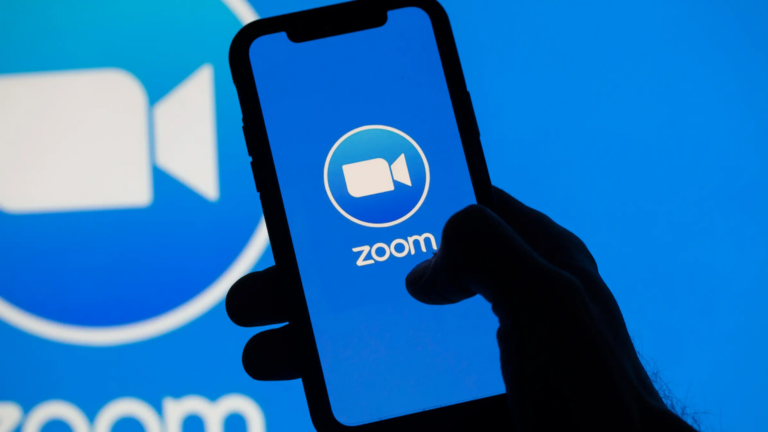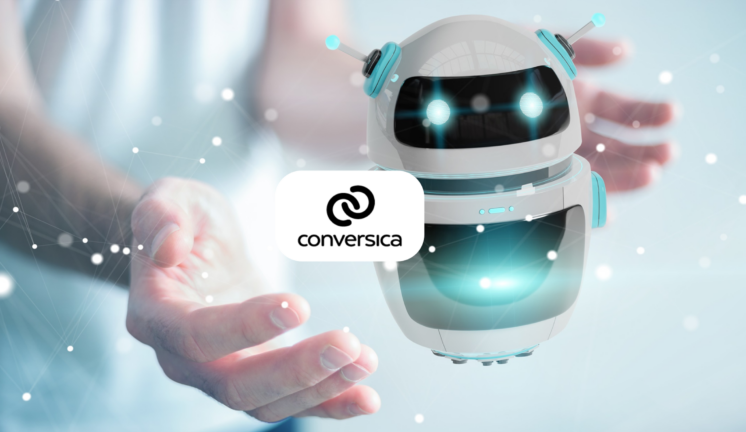Over the last thirty years, we've witnessed an extraordinary revolution in technology that has dramatically transformed how we interact with products. The era requiring consumers to delve into extensive user manuals has faded, replaced by an age where intuitiveness and simplicity reign supreme. The launch of the iPhone in 2007 stands as a landmark moment, signaling a shift towards products designed to be inherently understandable, eliminating the dependency on traditional guides. This evolution has not only altered our expectations but has also spotlighted the critical role of User Interface (UI) and User Experience (UX) designers in crafting solutions that are effortlessly navigable and free from friction.
In the current landscape, the ease of use of a product is not just a feature; it's a fundamental requirement that significantly influences user satisfaction, as confirmed by a recent study. This has led to a competitive environment where products are not only compared with their direct rivals but also against the benchmark of usability set by the industry leaders.

Today, even the most compelling marketing strategies and competitive pricing cannot salvage the customer experience if the user finds themselves lost in a labyrinth of complexity. Every point of interaction, every moment a customer engages with a product, is an opportunity to affirm the value of their choice or, conversely, to diminish the trust they place in the brand. As we navigate through this phase of the customer journey, we will delve into the nuances of product design and its critical impact, emphasizing the vital need to perfect the usage phase to nurture a positive and enduring relationship with both the product and the brand.
Universal Hurdles in User Experience
In the diverse landscape of customer experiences, products as varied as cleaning supplies and Software as a Service (SaaS) platforms face unique challenges. Yet, despite these differences, several universal issues emerge across categories, underscoring common areas where improvements could significantly enhance the customer experience.
A primary challenge encountered across various product types, from Video on Demand platforms and operating systems to automobiles and packaging, is interface disorientation. Users develop strong habits and preferences when interacting with products, making it difficult for them to adapt to new interfaces or processes. This issue is particularly evident when users switch between services such as Netflix and Amazon Video, or between different operating systems and car types. Such interface disorientation not only poses a significant hurdle for new market entrants but also gives an undeniable advantage to first movers, complicating the landscape for innovators who wish to introduce new paradigms without adhering to established norms.
Another pervasive issue is finding the optimal balance between intuitiveness and the desire for control. Over-simplification in pursuit of intuitiveness can alienate users who seek complexity and customization in their interactions with products. Similarly, achieving the right equilibrium between the value a product offers and the effort required to access that value is crucial.
For instance, video games that require lengthy tutorials can deter players from fully engaging with the game, illustrating how critical the product or service experience is in retaining customer interest. Research indicates that factors such as proximity, price, or brand awareness are secondary to the overarching need for a positive user experience. Customers dissatisfied with their experience are more inclined to switch brands, highlighting the importance of addressing these common pitfalls to prevent customer attrition.

The Ripple Effects: Customer and Business Impacts
The repercussions of the customer experience during the product usage phase extend deeply into both customer sentiment and brand loyalty. A significant challenge is the resistance to adopting new interfaces, reflecting a broader human preference for the familiar over potentially more efficient alternatives. This resistance can lead to frustration and confusion when users are confronted with unfamiliar digital landscapes, where complex interfaces become barriers rather than bridges to enjoyment and satisfaction.
The effort required to utilize certain services or navigate these complexities can quickly erode the initial appeal of a product, transforming what should be a seamless interaction into a task that feels more akin to labor.
Moreover, the impact of poor service experiences cannot be overstated. Such experiences not only exacerbate customer dissatisfaction but also actively drive customers to seek out alternatives, despite any inconveniences this may entail. On the flip side, personalized experiences offer a stark contrast, transcending mere transactions to create meaningful connections. When businesses take the extra step to personalize interactions, they not only convey a sense of genuine care and appreciation but also significantly enhance overall satisfaction. These personalized touches can often mitigate the effects of minor inconveniences, casting the entire experience in a positive light that resonates deeply with customers.
This dynamic between the frustration of poor usability and the delight of personalized experiences underscores the critical influence of design, effort, service quality, and personalization on customer relationships with brands. It highlights how essential it is for businesses to navigate these aspects carefully to foster positive, lasting connections with their products and, by extension, their brand.
Elevating User Experience: Strategic Solutions for Common Pitfalls
To navigate the complexities and enhance the customer experience during the product usage phase, businesses can implement several strategic actions. These strategies are designed to address the common issues identified, improving usability, satisfaction, and ultimately, customer loyalty.
Leverage Ethnographic Research for User-Centric Design: By integrating ethnographic studies with competitive UX analysis, businesses can gain deep insights into user behaviors, needs, and frustrations. Observing customers in their natural settings and understanding the competitive landscape enables companies to design products that are both intuitive and innovative. This approach helps in creating interfaces that resonate with users, making new or improved products feel familiar and easy to adopt.
Establish and Enhance Feedback Mechanisms: Developing robust feedback channels and supporting resources, such as comprehensive tutorials and onboarding guides, is critical. These resources not only facilitate a smoother transition for users but also foster a culture of continuous improvement based on real user feedback. Actively engaging with and responding to customer insights strengthens the community and ensures that products evolve in alignment with user needs.
Simplify the User Experience: Prioritizing the simplification of user interfaces and the streamlining of processes are key to reducing barriers to entry for new users. By constantly evaluating and improving the Customer Effort Score (CES), businesses can identify and eliminate unnecessary complexities, making their products more accessible and enjoyable for a broad audience. Incorporating dual-layered design principles that cater to both novice and advanced users can further enhance the usability of products.
Emphasize Transparency and Set Clear Expectations: Clear communication about a product's market fit and user expectations is essential. By transparently conveying the complexities and intended user base of a product, businesses can mitigate potential frustrations and align their offerings with user needs. This clarity helps in attracting the right customers and establishing a positive brand perception from the outset.
Personalize the Experience: Utilizing customer data and feedback to personalize the user experience transforms standard transactions into memorable interactions. Training staff to empathize and empowering them to make personal connections with customers can significantly boost loyalty and satisfaction. Small, thoughtful gestures not only make customers feel valued but also encourage them to share their positive experiences, amplifying the brand's reach through word-of-mouth.
Implementing these solutions allows businesses to effectively address the pitfalls of the product usage phase, enhancing the overall customer journey. By focusing on these key areas, companies can ensure that their products not only meet but exceed user expectations, fostering deeper connections and promoting long-term brand loyalty.









